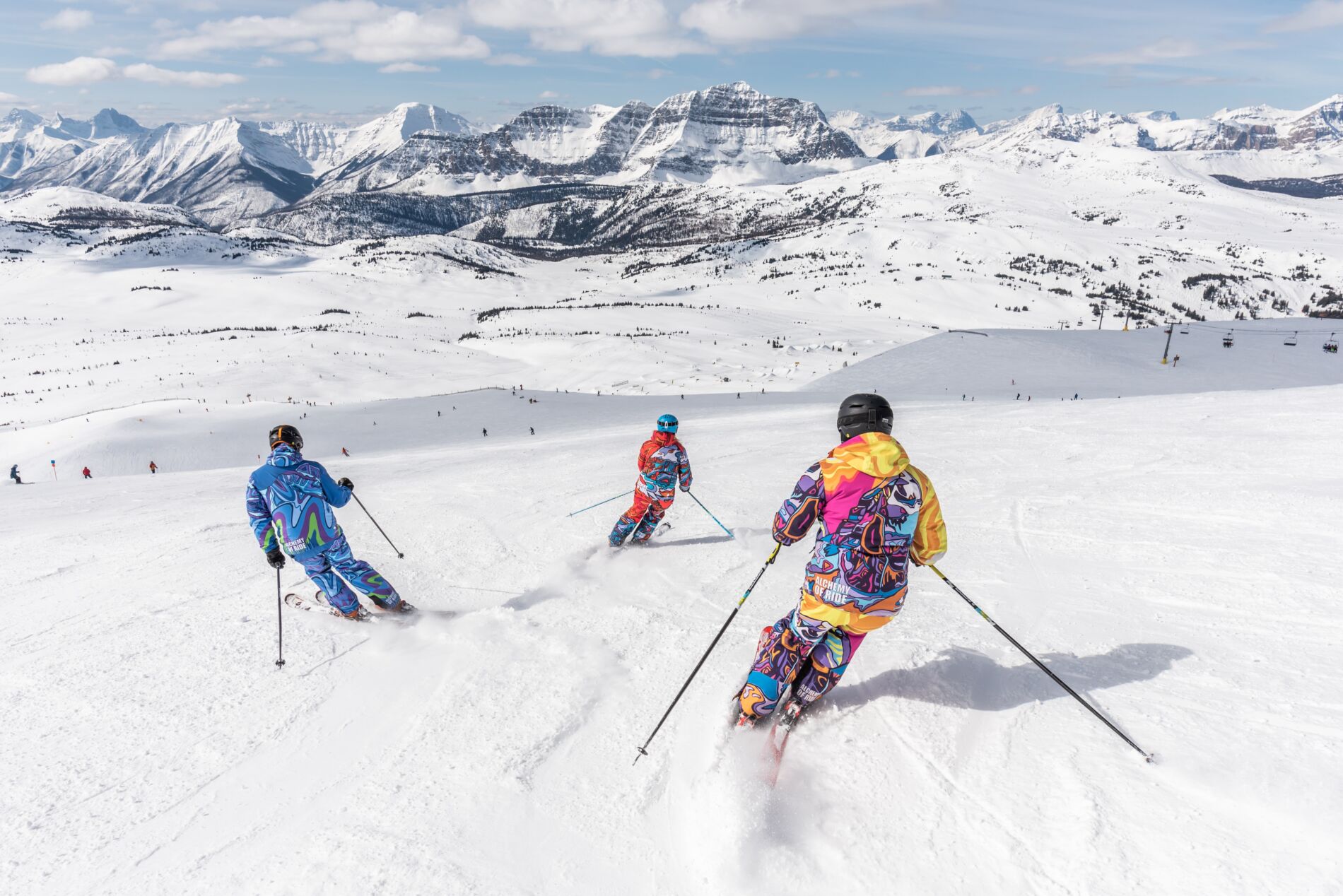Ski season is in full swing in Colorado and we are currently having one of the best snowfall years in the last decade. Many of the resorts are well above seasonal averages for snowpack depth. As of today, Vail is at 124% of seasonal average, Aspen Snowmass is at 140%, and Steamboat Springs is at a whooping 154% of average (via OpenSnow and based on averages over the last 20-40 years). The opportunities for skiing and snowboarding fresh Colorado powder are ample this season, and many individuals are flocking to the mountains to hit the slopes. Skiing and snowboarding are incredibly exhilarating, but they are also extremely dangerous. So what are the most common injuries for skiers and snowboarders, and how do you minimize these risks?
Injury Prevalence in Skiers vs. Snowboarders
Skiers and snowboarders are more susceptible to different types of injury. The reason for this has to do with the stiffness of bindings and boots, the use of poles in skiing, the ability to use two edges at once when skiing, and the differing techniques used in sliding downhill sideways versus straight forward. Research suggests snowboarders are most likely to injure their wrists, shoulders, and ankles, while skiers are more likely to injure one of the ligaments in their knee such as the ACL, MCL, or LCL1. The same study reports wrist injuries were the most prevalent in snowboarders (27.6% of all snowboard injuries), while anterior cruciate ligament (ACL) tears were most prevalent in skiers (17.2% of all skiing injuries). Specifically, the injury profile for snowboarders includes wrist fractures and wrist ligament sprains, shoulder labrum tears, ankle fractures and sprains, concussion, and clavicle fractures. Among skiers, the injury profile includes ACL sprains and tears, MCL and LCL sprains and tears, tibial plateau fractures, and concussion as well. After 4 years of treating ski and snowboard injuries as a chiropractor in Colorado, the results of this study are all too common at our practice.
Improving Control on the Mountain
The best way to minimize injury on the mountain is to learn how to control your speed in all types of terrain. Many beginner skiers and snowboarders simply ride too fast, putting themselves and other riders at risk. The best skier in the group isn’t always the one who gets to the bottom of the run the fastest, rather it’s the rider who stays in control, always on their edges, and adjusts their speed effectively based on upcoming obstacles.
In skiing and snowboarding, the ‘fall line’ refers to the line down a mountain that is most directly downhill. If you are on a steep slope, it’s important to periodically deviate from the fall line and move laterally on the slope to slow down. If you constantly face down the fall line, you will gain too much speed and lose control. Alternate between turning down the fall line to gain speed, then checking your speed by moving laterally when you feel like you are going too fast. Other ways to control your speed include turn shape, skidding, and checking. Check out this excellent article on speed control.
Understand When to Call it a Day
According to Utah based sports medicine expert Dr. Travis Maak, MD, a former ski patrol volunteer and current head physician for the Utah Jazz, the majority of ski and snowboard injuries happen at the end of the day, around 3:30 pm. Lifts typically close at 4 pm meaning most ski injuries happen in the final 30 minutes of the riding day. The reasons for this are multifactorial. Firstly, temperatures start cooling off at the end of the day causing the snow to be harder and icier. The softer snow is more skied off, exposing icy snow with rocks and branches. Additionally, riders are more fatigued at the end of the day, especially in the active stabilizers of the lower leg such as the muscular quads, hamstrings, and calves. When these muscles become fatigued, the rider relies more on the passive stabilizers of the lower leg such as the ligaments of the knee and ankle, the meniscus, and the hip labrum. This is a recipe for disaster since the passive stabilizers of the lower leg are less reactive to quick, ballistic forces that might be imparted with an unexpected fall on the mountain. Advanced skiers know when to call it a day and when it is time for their last run.
Avoid Alcohol or Drugs while Skiing or Snowboarding
Skiing and snowboarding are activities in which many people treat alcohol and drugs as the norm. Alcohol decreases cerebellar function which results in decreased balance, motor control, coordination, and cognition – all athletic attributes required for a safe day on the mountain. If an individual is drinking or doing drugs, they are treating skiing and snowboarding as a leisurely pastime rather than a sport, and could be putting themselves and others in danger. If you want to avoid injuries, save the drinking for after you have called it quits for the day.
Take a Lesson
Take a lesson from a trained instructor. Ski school instructors are specifically trained in the progressions for learning how to ski and snowboard. Progressions refer to the gradual acquisition of new skills within a given sport, and are an integral piece to safely learning a new sport. Progressions are particularly important in extreme sports like skiing and snowboarding where risk of injury is high if a stepwise fashion to learning is not followed. For an example of a beginner progression for skiing, check out this excellent YouTube video for some helpful tips.
Be on the lookout for Part 2 of Ski Safe in 2023, where I will teach you training techniques to reduce injury risk and to improve your performance on the mountain!
Post written by Dr. Riley Kulm, DC. Check out Dr. Riley Kulm’s bio here.

References
https://pubmed.ncbi.nlm.nih.gov/22268231/.
https://healthcare.utah.edu/the-scope/shows.php?shows=0_7m18zo0t
https://www.youtube.com/watch?v=MMeJsyiiifM

